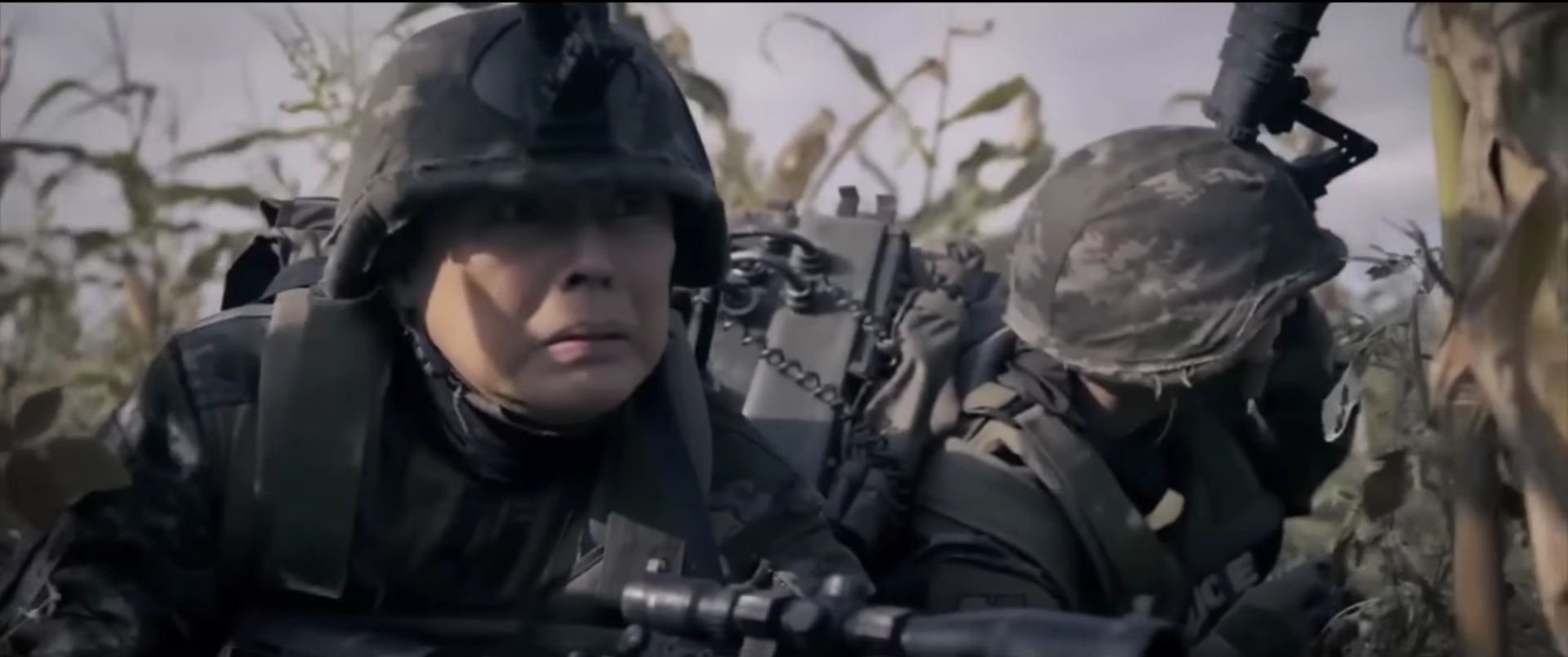MOVIES BASED on historic events have been underdogs in the Philippine film industry. However, thanks to films like Heneral Luna (2015), Goyo: Ang Batang Heneral (2018), and Quezon’s Game (2018), the genre is enjoying a renewed interest among movie patrons.
As such, Mamasapano: Now It Can Be Told, directed by Lester Dimaranan, has the potential to elevate the genre further.
The film, which premiered in the 2022 Metro Manila Film Festival, is now available for streaming on Netflix Philippines.
Mamasapano: Now It Can Be Told focuses on a violent incident in January 2015 in the town of Mamasapano in Maguindanao province that left 44 police commandos dead.
It involved a clash between Philippine National Police Special Action Force (SAF) operatives and fighters from the Moro Islamic Liberation Front (MILF), as well as other armed groups. The SAF operatives attempted to apprehend wanted terrorists who were believed to be hiding in the area.
During the conflict, 44 SAF members from the 84th and 55th Seaborn Special Action Company were stranded and killed.
Mamasapano starts strong by showing SAF members bidding farewell to their families before participating in “Oplan Exodus”—the mission’s name. The dramatic atmosphere also begins in the scene as viewers who are aware of what happened to the Filipino policemen years ago already know what to anticipate.
The formula of saying goodbye and promising a return before embarking on a dangerous expedition was a notable aspect in many war films, and Dimaranan adapted this well.

As the film courses through, the tone shifts to more action-packed scenarios. Emergency meetings and investigative sequences through flashbacks were constantly held to signify a sense of vigilance. These immediately lead to loud outbursts of gunshots and human screams during the actual battles, thus establishing a realistic experience of being involved in a conflict.
In terms of cinematography, it is not an exaggeration to say that Mamasapano’s playfulness towards the cornfield setting was beyond astonishing. It can even be considered as the selling point of the film. Most gunfight scenes happened in the same place on one long day. The shift from dawn to morning and, lastly, to late afternoon was a transition to behold and evoke a feeling of longevity and eternal struggle for the policemen.
The frequent panning of the cameras, such as close-up shots of the struggling SAF members and the overhead shots of the entire field, enabled viewers to experience the emotions of the policemen in the comfort of their seats. It was cinematographically immersive and it was what the film did best as a whole.

Mamasapano consisted of an entirely male cast with veterans Edu Manzano, Aljur Abrenica and Paolo Gumabao leading the pack by portraying Gen. Benjamin Magalong, Lt. Franco and Supt. Raymond Train, respectively. As expected, their capability to deliver smooth performances made the film emotionally challenging.
Other cast members included Jervic Cajarop and Tom Olivar, who portrayed former president Benigno Aquino III and former police officer Ronald dela Rosa, respectively. However, their depiction in terms of physical features was poorly executed.
Despite the positive outcomes, the film failed to justify some key areas. These included a fair amount of English dialogues that were unnecessary. There were also times when a handful of combat scenes had booming rock music playing in the background— killing the dramatic and tense momentum.

Distinguishing one character from another proved challenging as new names emerged from the start to the film’s climax. It could be difficult to remember most of the characters, forcing viewers to put more effort into connecting with the characters. This can unnecessarily strain the grasping of the cast’s emotions, roles and the story. Furthermore, it failed to justify the film’s heart-rending mood.
The story’s pacing also struggled as the film intentionally jumps repeatedly from the past to the present and vice versa. The pacing could have become more breathable if the film used a one-time frame during the first half and the other period in the latter half.
Mamasapano: Now It Can Be Told had one purpose: to portray the 2015 conflict in the most engaging and realistic way possible without straying away from the source material. Despite inconsistencies in story and character pacing, the film made up for it by attempting to immortalize the SAF 44. It delivered sufficient action-packed and emotionally driven segments, immersing the viewers in a jump back in time. F – Franz Zoe Stoelzl Baroña



